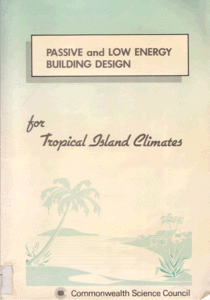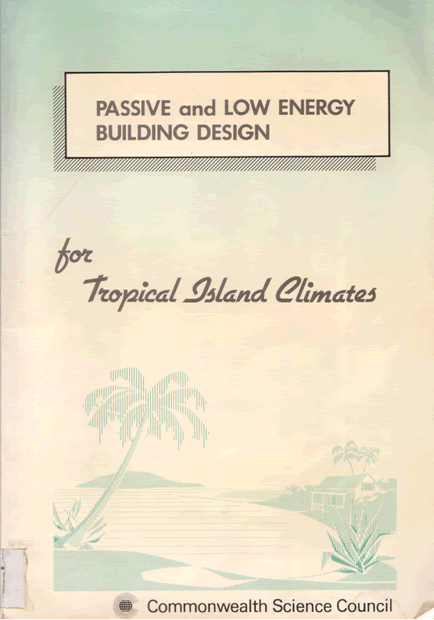Dr. N V Baker "Passive and Low Energy Building Design for Tropical Island Climates"
Commonwealth Science Council | English | 1987 | ISBN: 9850923123 | 197 pages | PDF | 23MB
As expectations and standards of living rise in the Developing Countries we can expect a surge in the demand for electrical power for air-conditioning and lighting. Too many new building designs seem to be inspired by examples from cooler climates, thereby requiring heavy investment in air-conditioning equipment and commitment to high running costs. Most electrial power in island states is produced from imported oil, creating a considerable national financial burden.
This Technical Handbook aims to assist the Architect and Engineer in the problem of Energy Conservation in Buildings in the Tropical Island Climate. Two cooling strategies are identified: firstly, AVOIDANCE where passive techniques are applied to such an extent that the need for mechanical cooling plant is avoided; secondly, REDUCTION, where air-conditioning is required, but passive techniques are employed to keep the air-conditioning load to a minimum.
The following topics are covered, including in most cases quantitative analytical procedures —
- Climate and micro-climate
- Thermal comfort
- Building envelope specification
- Shading design
- Daylighting
- Ventilation and air movement
- Advanced passive cooling techniques Energy calculations
- Case studies
- Basic building physics
Apart from the issue of energy conservation, many of the techniques described in the Handbook are equally applicable to low cost housing, where their adoption would ensure acceptable comfort conditions at minimum cost.



